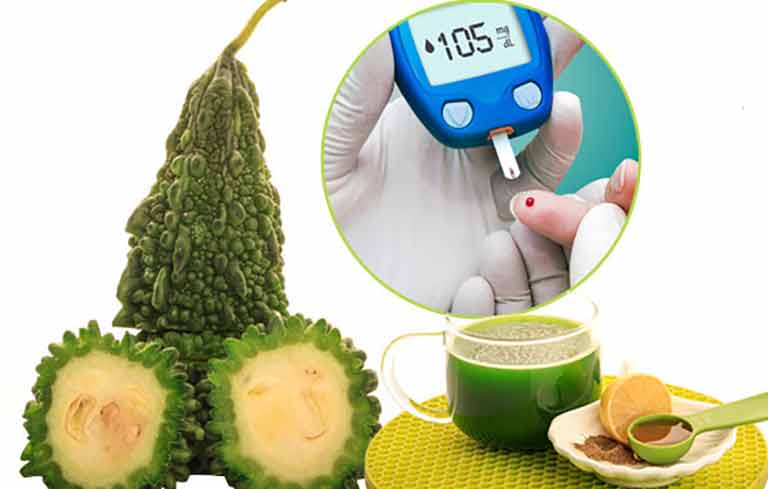
Blood is not an internal organ, but a mobile organization that is extremely important to humans. So what are blood components and what is the specific role of blood, let's find out in the article below.
You need to see more documentation: sugar balance
1. The concept of blood
Blood is a mobile organ in the body that exists as liquid tissue, circulating throughout the body through arteries and veins.
2. How much blood is in the normal human body?
The amount of blood in the human body is relatively stable and depends on factors such as age, sex, weight ... The amount of blood is proportional to the body weight, each person has an average of 70 - 80ml of blood / kg. weight. Thanks to the regulation mechanism between the blood produced in the bone marrow and the lost blood daily, the amount of blood is relatively stable. However, if a large amount of blood is lost or the blood marrow function is disrupted, the amount of blood in the body will become unstable.

Body activities such as excessive sweat loss or dehydration the blood becomes concentrated and blood volume may decrease. Besides, the amount of blood in the body will be changed due to medical conditions such as anemia due to blood loss, marrow failure .... If you lose more than 1/3 of the total blood volume, the body will have dysfunction of the body. many organs, which can cause shock, even death.
3. The components of the blood and their role
What are the blood components, the amount of blood in the normal human body?
Blood is composed of two main parts: blood cells and plasma
Blood is composed of two main parts: blood cells and plasma.
In blood cells include:
Red blood cells: the most numerous, contain hemoglobin (the substance that makes blood red). The job of red blood cells is to transport oxygen (O2) from the lungs to the tissues and reclaim carbon dioxide (CO2) from the tissues back to the lungs for elimination. The average life cycle of erythrocytes is 120 days; Old red blood cells are destroyed in the spleen and liver. The bone marrow will be responsible for generating new red blood cells to replace and maintain the lost red blood cells in the body.
Leukocytes: protect the body by detecting and destroying pathogens There are many different types of white blood cells with a lifespan of one week to several months. This means "eating" strange "factors", some of them do the task of "remembering" so that next time this strange "factor" enters, it will be detected and the body will quickly generate a large number of white blood cells. There are also white blood cells that secrete antibodies circulating in the bloodstream to protect the body ... White blood cells are also produced in the bone marrow like red blood cells.Not only circulating mainly in the blood, there is a A sizeable amount of white blood cells reside in the body's tissues to function as protection.
Platelets: Very small pieces of cells that help stop bleeding by forming blood clots that block wounds in the walls of blood vessels. In addition, platelets also make the walls of the vessels soft and supple, thanks to their platelet function, which "rejuvenates" endothelial cells. The life cycle of platelets is about 7-10 days. The bone marrow is the place where platelets are produced.
Plasma:
This aqueous part, yellow in color, is composed mainly of water; There are also other ingredients such as: Protein, fat, sugar, vitamins, mineral salts, enzymes ...
The plasma changes frequently according to physiological conditions in the body, for example after a meal it becomes cloudy and becomes clear, lemon-yellow a few hours after eating. If the blood unit has "turbid" plasma, it will not be used because it can cause shock, causing allergies to the patient.
4. The role of blood
What are the blood components, the amount of blood in the normal human body?
Blood plays a very important role in the human body
Blood makes up 1⁄3 of the human body and plays a very important role:
Helps regulate circulatory activity, maintain blood pressure.
Play a role in providing oxygen to all organs to produce energy for the whole body.
Helps to eliminate CO2 through the lungs, to excrete water - residue through the urine, transport substances to the liver to synthesize new substances and detoxify, excrete through sweat, destroy old cells through the spleen and organs hammock.
Do the job of providing materials for body building.
Protect the body and fight infections with a specific and non-specific immune mechanism.
Hemostasis by blood clotting mechanism.



























